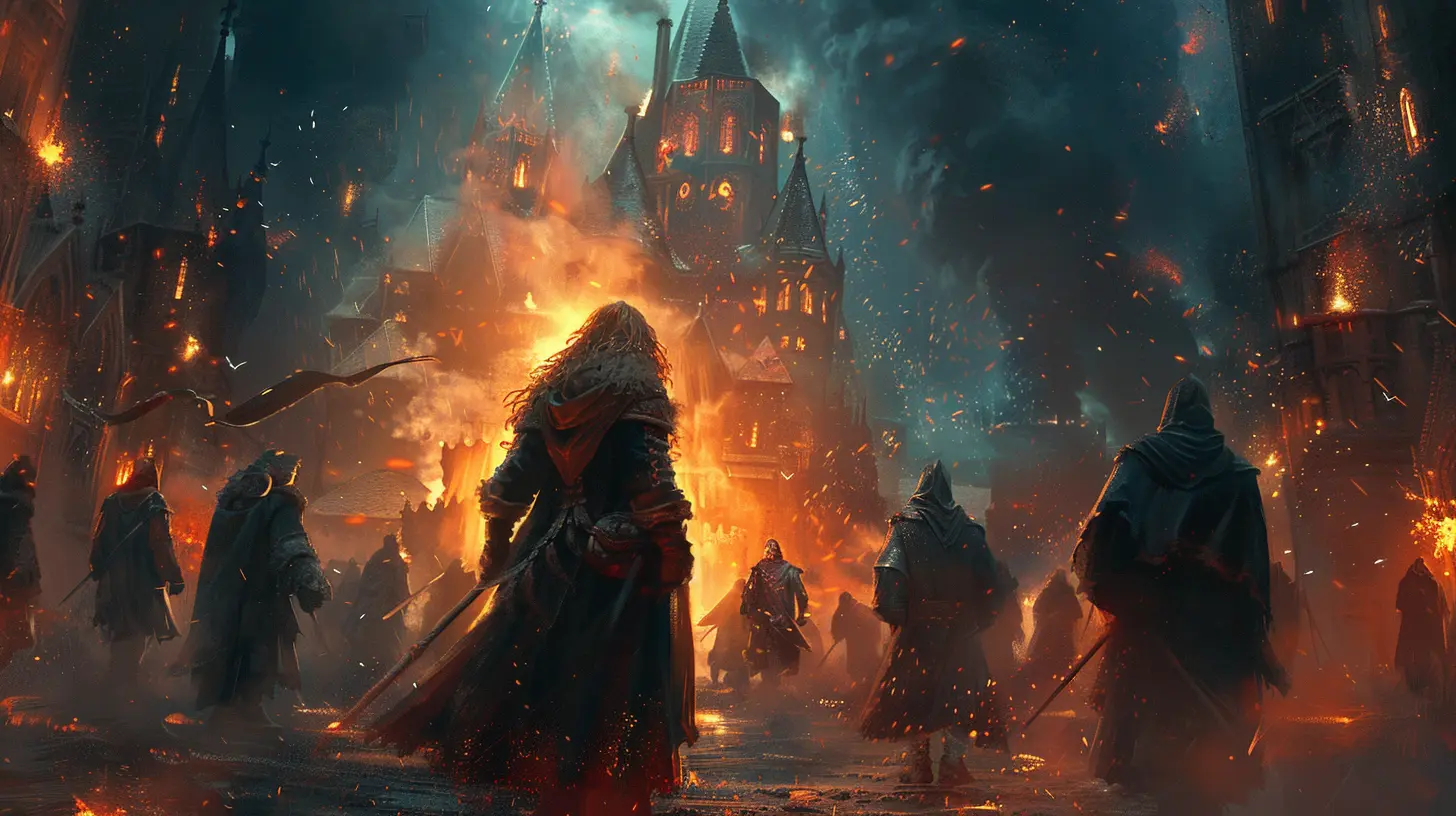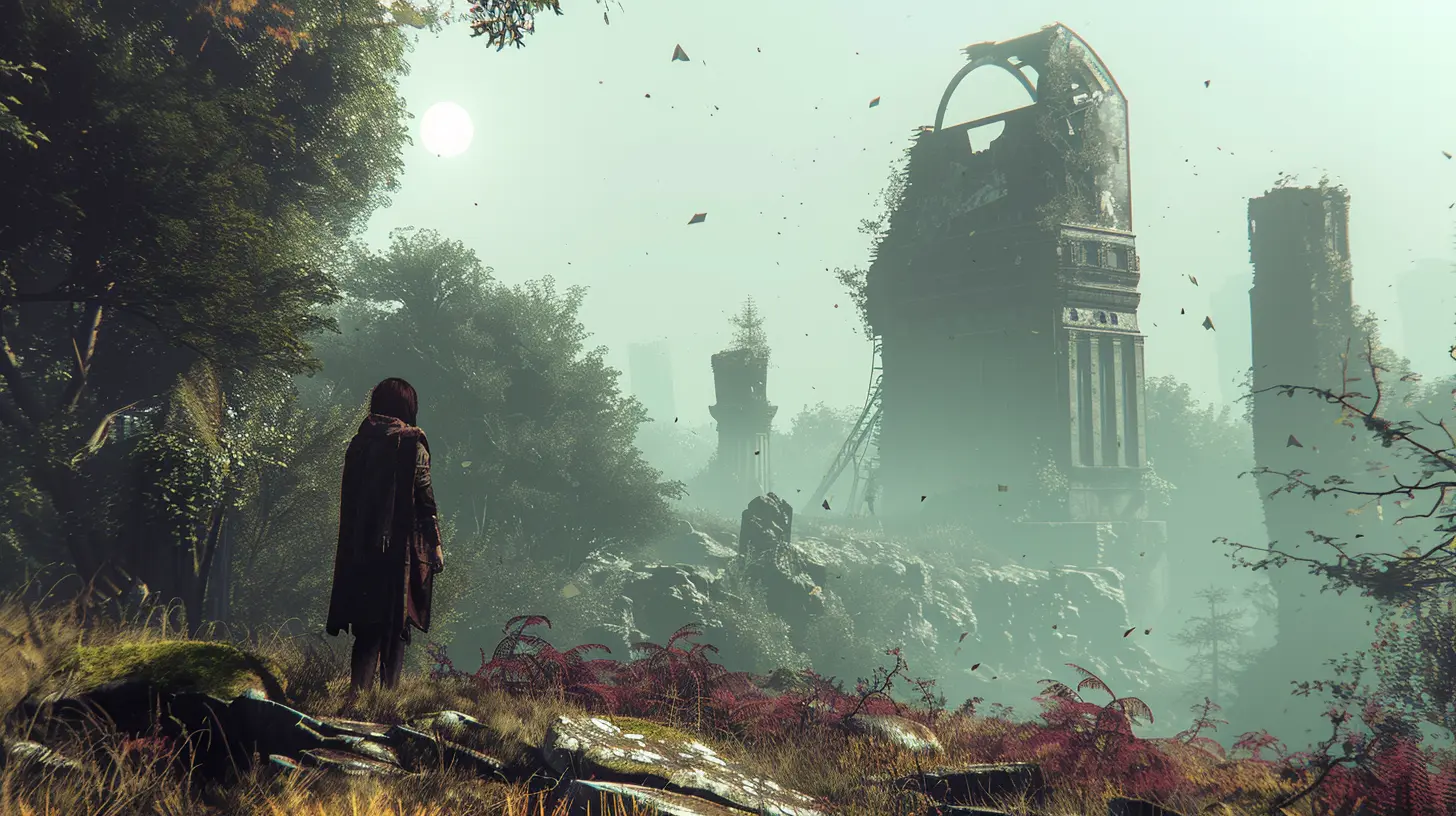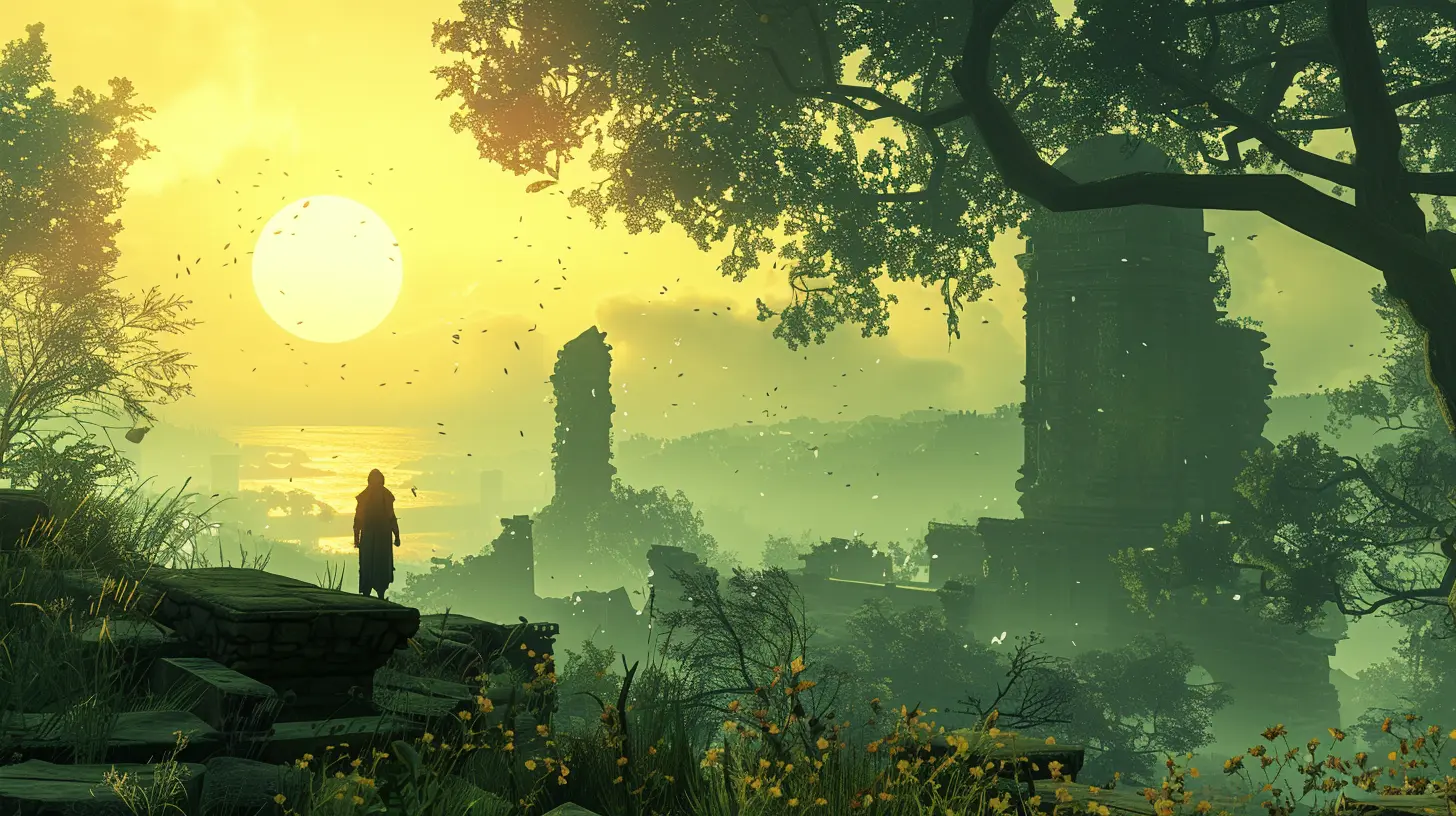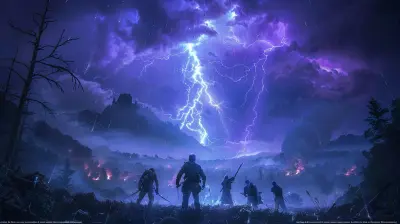The Power of Narrative Pacing in Interactive Storytelling
26 April 2025
When was the last time you got completely lost in a story? Not just any story—a story that pulled you in so deeply you forgot what time it was. Now, imagine that moment happening in a game you’re actively playing, where you have control over what’s next. That’s the magic of interactive storytelling, and narrative pacing plays a massive role in making it all come alive.
Think about narrative pacing as the rhythm of a story. Too slow, and you’ll bore your audience. Too fast, and you’ll overwhelm them. But when it’s just right? That’s when the magic happens. It’s like composing music—every beat matters. Now, let’s dive deeper into how pacing shapes our favorite games and why it’s so crucial in the world of interactive storytelling. 
What Is Narrative Pacing, Anyway?
Let’s start with the basics. Narrative pacing refers to the speed and rhythm at which a story unfolds. It’s how creators choose to space out action, dialogue, exploration, and plot revelations. In movies or books, pacing is straightforward—the creators control everything. In games, though? It’s a whole new ballgame.Interactive storytelling adds a layer of complexity because the player’s choices influence the flow. They might explore every nook and cranny of a world, or they could rush straight to the next big moment. That freedom to choose is what makes gaming so unique. But it’s also what makes pacing so tricky. 
Why Does Pacing Matter in Games?
Imagine playing a game where nothing exciting happens for hours. Sounds dull, right? Now flip the script: what if the game bombarded you with action-packed events nonstop? Exhausting. Neither of those extremes is fun, and that’s why pacing is so important.A well-paced game keeps you hooked. It knows when to throw intense action at you and when to let you breathe. It’s like riding a rollercoaster—there are thrilling highs, steady climbs, and moments to catch your breath before the next big drop. The pacing makes every twist and turn feel meaningful.
In narrative-driven games, pacing isn’t just about gameplay; it’s also about the emotional beats of the story. You need slow moments to build relationships with characters and fast moments to raise the stakes. Without this balance, the player’s connection to the story can fall flat. 
How Interactive Pacing Differs From Linear Storytelling
Here’s where things get interesting. Traditional storytelling—like books or movies—follows a set path. You sit back, relax (or grab some popcorn), and let the creators guide the experience. Interactive storytelling flips the script.In games, players are active participants. They’re not just along for the ride; they’re steering the vehicle. This means pacing isn’t entirely in the developer’s hands. They can guide the player with subtle cues, like in-game objectives or environmental design, but ultimately, the player decides how fast or slow they go.
Take a game like The Witcher 3 or Elden Ring. You could spend hours doing side quests, exploring the world, or just chatting with NPCs (non-playable characters). Or, you could charge straight through the main story. The pacing feels personal because it adapts to your playstyle. 
The Art of Balancing Fast and Slow Moments
Let’s break this down into digestible chunks. Interactive storytelling excels when it finds the sweet spot between fast-paced adrenaline and slower, reflective moments. Here’s how developers achieve that balance:1. Setting the Tone Early On
The opening moments of a game set the stage. Is the story a slow burn, or does it start with a bang? Games like The Last of Us immediately grip you with an emotional gut-punch, setting the tone for a narrative-heavy journey. Meanwhile, a game like DOOM throws you straight into the action, which tells you to buckle up for a wild ride.2. Using Gameplay to Regulate Pacing
Developers cleverly use gameplay mechanics to influence pacing. Fast-paced moments often involve combat, high-stakes chases, or timed objectives. Slower moments let players explore, solve puzzles, or engage in meaningful conversations with characters. Think of combat as the caffeine boost and exploration as the slow sip of tea—it’s all about balance!3. Breaking the Fourth Wall
Some games acknowledge the player’s role in pacing directly. For example, in Undertale, the pacing feels personal because your actions—whether you choose fight or mercy—impact how the story unfolds. It’s a brilliant way to make pacing interactive while keeping the player engaged.Examples of Exceptional Narrative Pacing in Games
Let’s geek out for a minute and look at some games that absolutely nailed their pacing.1. Red Dead Redemption 2 – A Slow Burn Done Right
This game isn’t in a rush, and that’s its superpower. From the quiet moments of fishing with friends to the tense shootouts, Red Dead Redemption 2 knows when to slow down and when to ramp things up. Its pacing allows you to fully immerse yourself in its world and characters without ever feeling rushed.2. God of War (2018) – Emotional Beats That Land Perfectly
Kratos and Atreus’s journey is a masterclass in narrative pacing. The game balances brutal combat with heartfelt, quieter moments that deepen the father-son relationship. Those moments of calm between battles make the action even more impactful when it happens.3. Life is Strange – A Story-First Experience
This episodic game is all about choices and consequences. It doesn’t rush you; instead, it lets you take your time exploring and talking to everyone. The result? You feel incredibly invested in the characters and their world.4. The Legend of Zelda: Breath of the Wild – Freedom That Feels Natural
While the game gives you an open-world playground, it gently nudges you toward key story moments. You decide the pace, but smart design ensures you never feel lost or overwhelmed.Tips for Developers: How to Master Interactive Pacing
Alright, aspiring developers or curious gamers, here are a few golden nuggets when it comes to pacing in interactive storytelling:1. Layer the Narrative
Give players multiple levels of engagement. For example, a main story to follow, side quests to discover, and environmental storytelling that rewards curious players.
2. Use Music and Sound Design
Ever notice how the music in a game ramps up during intense moments and fades out during quiet ones? Sound is an underrated pacing tool that can subtly guide players’ emotions.
3. Create Breathing Room
Intensity fatigue is real. Let players catch their breath with moments of downtime, whether it’s a peaceful walk, a quiet chat, or just a stunning view.
4. Respect Player Choice
Don’t force players into a specific pace. Instead, design the game in a way that adapts to different playstyles. This makes the pacing feel personal and immersive.
Wrapping It All Up
Narrative pacing is the invisible hand that makes or breaks interactive storytelling. It’s the rhythm that keeps players engaged, the balance between action and reflection, and the glue that holds the story together.When done right, pacing doesn’t just enhance the player’s experience—it transforms it. It makes the story feel alive, dynamic, and unforgettable. Whether you’re rescuing a princess, avenging a fallen comrade, or simply exploring a magical world, a well-paced narrative keeps you hooked from start to finish.
So, next time you’re playing a game, take a moment to appreciate the ebb and flow of its storytelling. That rollercoaster ride you’re loving? It’s the power of narrative pacing in action.
all images in this post were generated using AI tools
Category:
Interactive StorytellingAuthor:

Kaitlyn Pace
Discussion
rate this article
5 comments
Keira McNaughton
Fast or slow, let the pixels dance to the tale!
May 3, 2025 at 3:45 AM

Kaitlyn Pace
Absolutely! Pacing is vital; it shapes the rhythm of our stories and enhances the emotional journey. Let those pixels waltz!
Zachary Potter
This article beautifully captures the essence of narrative pacing in games. The way a story unfolds can transform gameplay into an unforgettable experience, creating deep emotional connections between players and characters. Thank you for highlighting such an important aspect of interactive storytelling!
May 2, 2025 at 2:54 PM

Kaitlyn Pace
Thank you for your thoughtful comment! I'm glad you found the article insightful—narrative pacing truly is vital to enhancing emotional connections in games.
Amber McKittrick
Great article! Narrative pacing is crucial in interactive storytelling, as it enhances player engagement and emotional investment. Striking the right balance keeps the experience immersive and memorable.
April 28, 2025 at 3:54 AM

Kaitlyn Pace
Thank you for your thoughtful comment! I'm glad you found the article insightful—narrative pacing truly is vital for creating immersive and engaging experiences.
Jaxon Pope
Love this! It’s fascinating how narrative pacing can make or break a game. It’s like a well-timed dance—too fast, and we’re lost; too slow, and we’re bored. Great storytelling keeps us engaged and wanting more every step of the way!
April 27, 2025 at 4:34 PM

Kaitlyn Pace
Thank you! You captured the essence perfectly—narrative pacing is indeed the heartbeat of engaging storytelling in games.
Tate McCall
Great insights on narrative pacing! It’s fascinating how carefully crafted pacing enhances player engagement and emotional connection in interactive storytelling. Well done!
April 27, 2025 at 2:39 AM

Kaitlyn Pace
Thank you! I'm glad you found the insights valuable—pacing truly is key to deepening player engagement and enhancing the overall narrative experience.




